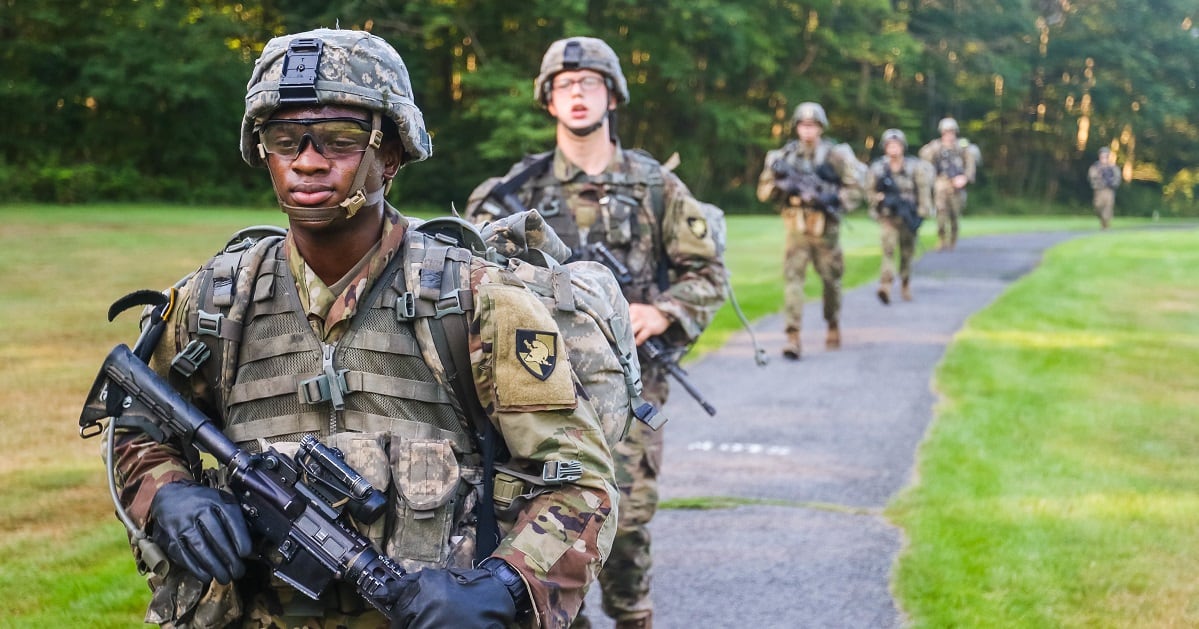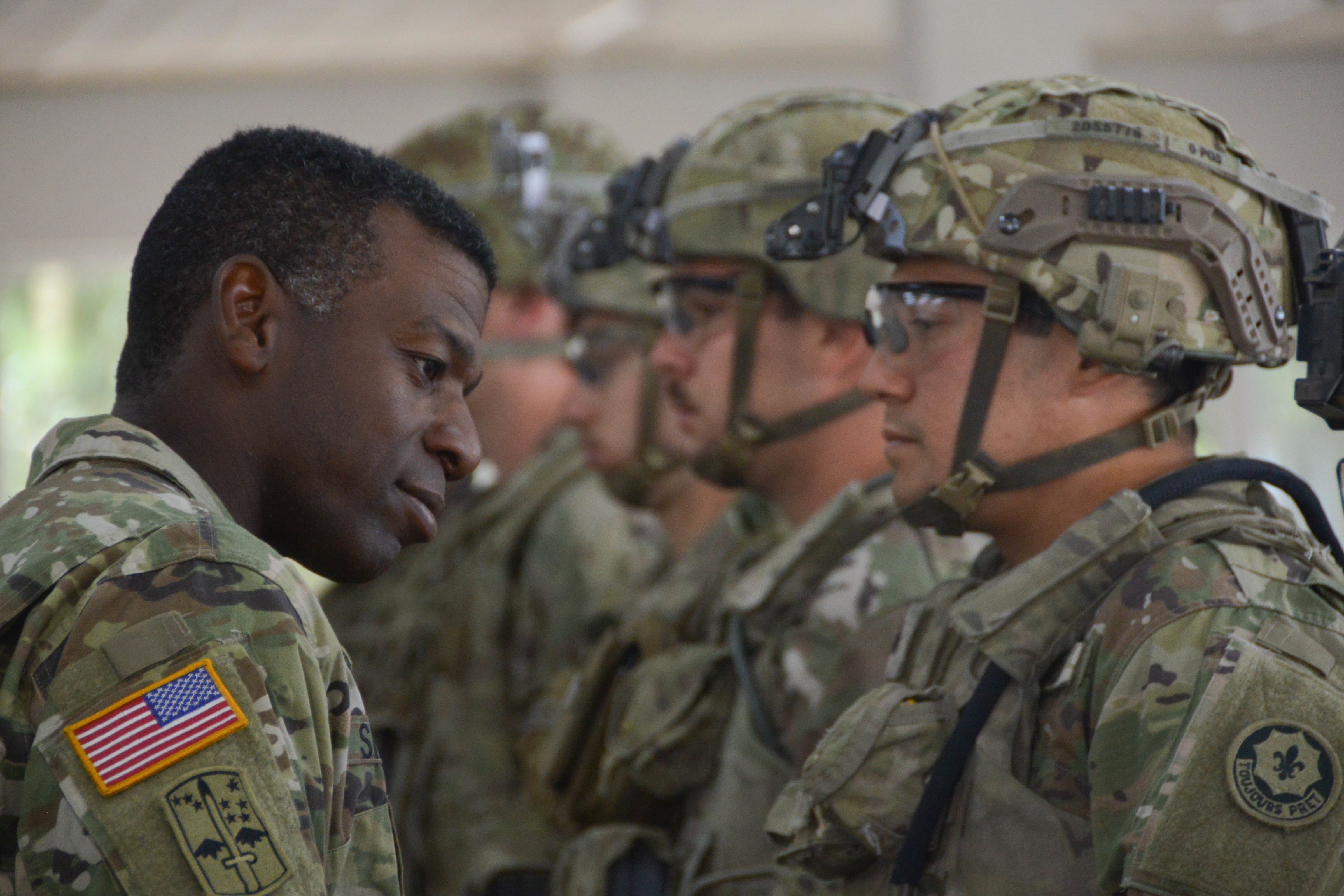The Army’s emerging diversity initiatives don’t conflict with an executive order signed Tuesday prohibiting the armed forces from instituting training programs that suggest the United States is “irredeemably racist and sexist,” service officials said Thursday during a telephone call with reporters.
The Army has started various reforms intended to cut down on unconscious biases in the promotion process, including by eliminating official photos for selection boards and redacting race, ethnicity and gender data from both officer and enlisted record briefs.
The goal is to create diverse teams of soldiers that data shows don’t always exist, especially in the officer corps, at the moment. It falls under a larger effort by the service called “Project Inclusion."
Other initiatives involve updating the Army’s diversity and inclusion education for soldiers at all ranks. The current educational format is designed around reciting policy and regulation. Service leaders want it to be more discussion-based to create dialogue among peers.
However, some types of diversity training programs have drawn criticism from the the administration of President Donald Trump.
RELATED

“[The] Uniformed Services should not teach our heroic men and women in uniform the lie that the country for which they are willing to die is fundamentally racist," the Tuesday executive order stated. "Such teachings could directly threaten the cohesion and effectiveness of our Uniformed Services.”
The Army’s initiatives won’t do that, said Casey Wardynski, assistant secretary of the Army for manpower, who noted that the executive order is not a surprise to his office.
“We wouldn’t have been going down the critical theory road anyway,” Wardynski said. “We would not have gone down that road to spend money that way. It would not have aligned with our fundamental strategy and so, no, it’s not a concern for us.”
Critical race theory has been criticized by the Trump administration for teaching that societal institutions are inherently racist. The Office of Management and Budget called it “divisive, false, and demeaning propaganda,” in a recent White House memo.

The initiatives the Army is implementing, and codified this month in a new Diversity, Equity, and Inclusion Annex to the year-old Army People Strategy, focus on culture and cohesion, “not an approach that would be advocated under one of the critical theories,” Wardynski added.
Lt. Gen. Gary Brito, the Army’s deputy chief of staff for personnel issues, explained that the Army’s intention is to create an environment where all soldiers have the opportunity to excel based on their own merits.
“We want to ensure that diversity, equity and inclusion is an integrated part of how we do business in the Army,” Brito said. “We want to make sure that at some point in time, we can talk about diversity, equity and inclusion without actually saying the words because it’s just in the way we do business.”
RELATED

New talent management processes, removing certain biographical data points from promotion packets, issuing exit surveys to soldiers leaving the force and looking at how the service recruits and mentors personnel, such as ROTC cadets, will be part of the Army’s strategy.
The Urban Access Initiative, for instance, is designed to improve minority representation in the Army from large metropolitan areas. A pilot began this summer with the intent of recruiting future officers from the greater Houston and Los Angeles areas using “key physical and virtual networks,” according to a primer shared by the service.
Another initiative will involve strengthening the Army’s partnership with minority groups like the National Society of Black Engineers, the League of Latin American Citizens, the National Association for the Advancement of Colored People and the Pan-Pacific American Leaders and Mentors, according to the primer.
Kyle Rempfer was an editor and reporter who has covered combat operations, criminal cases, foreign military assistance and training accidents. Before entering journalism, Kyle served in U.S. Air Force Special Tactics and deployed in 2014 to Paktika Province, Afghanistan, and Baghdad, Iraq.





